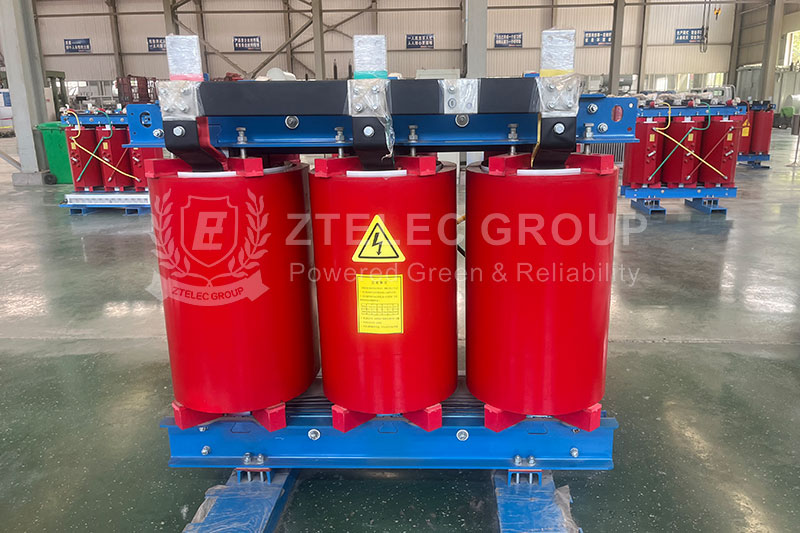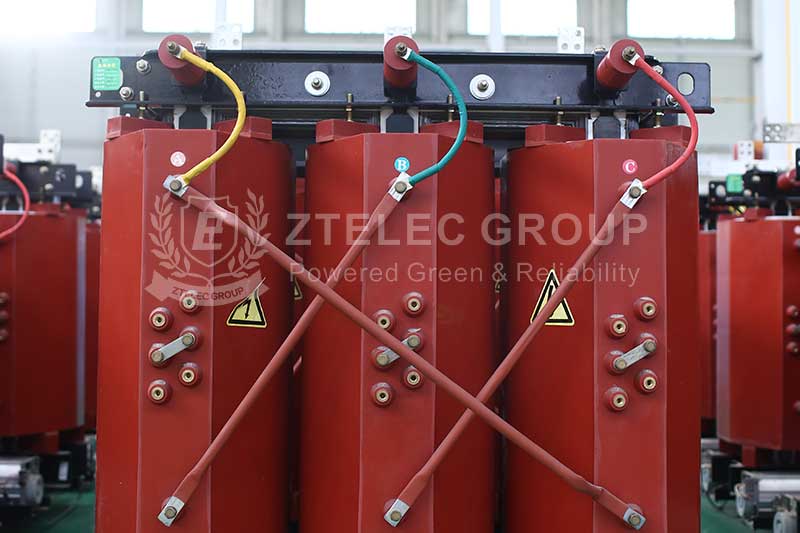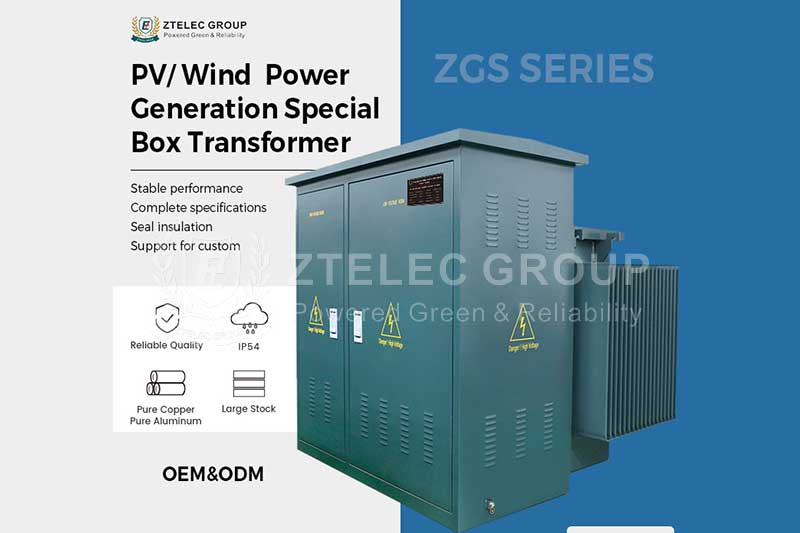What are the parts of a transformer?
Time:2024-11-6 Auther:ZTelec-www.ztelectransformer.com
Did you know that without transformers, our modern electrical systems would be virtually impossible? These remarkable devices play a crucial role in ensuring a smooth and efficient flow of electricity from power plants to our homes, offices, and industries.
But have you ever wondered about the intricate inner workings of these silent powerhouses? These powerful electrical components play a crucial role in our daily lives, and understanding each transformer’s parts can help you appreciate their remarkable capabilities. From coils and cores to windings and insulating materials, let’s take a closer look at the heart of these electrical marvels and explore how they shape the world of electricity.

What are the parts of a transformer?
Transformers are essential electrical devices used to transfer electrical energy between two or more circuits through electromagnetic induction, consisting of several important parts, each with specific functions. Here are the different parts of a transformer and their functions:
Key parts
Core: The magnetic circuit part of a transformer consists of an iron core column and an iron yoke (transverse sheet). The core is usually stacked using high-quality silicon steel sheets with high permeability and low loss, and the surface is coated with insulating paint to reduce eddy current and hysteresis losses and prevent short circuits between the sheets. The choice of the silicon steel sheet helps to provide a path with low magnetoresistance, allowing the magnetic flux to propagate efficiently through the core. The core structure is mainly composed of core type and shell type. The central structure winding surrounds the core and the structure is relatively simple. Shell structure iron core enclosed winding with high mechanical strength, ans it is specially suitable for high current or low voltage transformers.
Winding: The circuit portion of a transformer wound with insulated wire, such as copper or aluminum wire. The winding is divided into primary winding and secondary winding. The primary winding is connected to the AC power supply, and the secondary winding outputs the converted voltage. There are a variety of winding methods, which mainly has concentric and overlapping. Concentric winding structure is simple and is often used in small-capacity transformers. The overlapping winding is suitable for large capacity transformers.

Auxiliary parts
Insulation material: Insulation material is essential for safe and efficient equipment operation, providing electrical, thermal, and mechanical insulation. It is placed between windings, turns, and all current-carrying parts and the tank to prevent electrical hazards, maintain temperature stability, and ensure mechanical durability, thus enhancing equipment longevity and reliability.
Oil tank and oil pillow: The oil tank is the shell of the transformer. It is usually made of steel plate welding, containing transformer oil, which plays the role of insulation, heat dissipation and arc extinguishing. The oil pillow is located at the top of the oil tank to adjust the oil level inside the oil tank, and prevent the direct contact between the oil and the air to slow down the oxidation rate of the oil.
Sleeve: The winding lead line from the tank to the outside of the tank, to fix the lead line and the role of insulation to the ground. The bushing is one of the current carrying elements of the transformer, which passes through the load current for a long time during the operation of the transformer.
Cooling device: It is used to dissipate the heat generated during the operation of the transformer to prevent excessive temperature rise from affecting the performance of the equipment. There are various cooling methods, including natural cooling and forced cooling. Natural cooling uses natural convection and radiation to dissipate heat, and it is suitable for small capacity, low load transformer. Forced cooling accelerates the circulation of transformer oil through external devices such as fans and oil pumps to improve heat dissipation efficiency, which is suitable for large-capacity and high-load transformers.
Voltage regulator: It is used to adjust the output voltage of the transformer to adapt to the fluctuations of the power grid voltage. There are two main ways of voltage regulation: no load regulation and on load regulation . No load voltage regulation is carried out in the transformer blackout state, and the output voltage is adjusted by changing the position of the tap changer. The on-load voltage regulation is carried out when the transformer is live, and the output voltage is changed by adjusting the on-load tap-changer.
Protection device: It is the key components to ensure the safe and stable operation of the transformer, including but not limited to gas relays (used to detect the gas generated by the internal fault of the transformer and automatically cut off the power supply), safety airways (to provide pressure relief channels when the internal fault of the transformer causes a sharp rise in pressure), etc.




